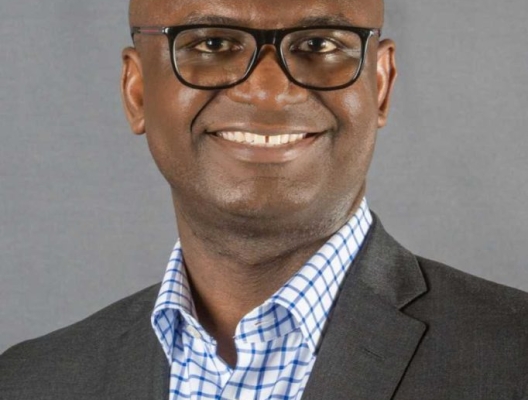
Black History Month 2022: “What Black History Month Means to Me”
A note from Kenny Imafidon on “What Black History Month Means to Me”
Feb 08, 2021
Regional Director of Operations
February 8, 2021
One of the greatest strengths of our nation is its rich diversity. Every February, we take a moment to recognize the achievements and sacrifices of the African American community. We recognize the likes of Frederick Douglas, Harriet Tubman, Rosa Parks, Dr. Martin Luther King Jr., Malcolm X, to recent history with Congressman John Lewis, President Barack Obama, and now Vice President Kamala Harris. Additionally, some of the every day items that we use today are a result of black ingenuity. These include the iron board (Sarah Boone), The carbon lightbulb filament (Lewis Latimer), and the pacemaker (Otis Boykin).

While there is a vast Black American history in our nation, what I reflect back on during this particular Black History Month is recent history. During June of 2020 while as a nation we were battling a pandemic, there was a racial awakening that took place during the aftermath of George Floyd’s murder. While this is not the first awakening or movement in this country and if you speak with many Black Americans the movement never really stopped. What felt/feels different this time personally for me is I feel that people are finally listening.
In the aftermath of the George Floyd murder, I had many friends and colleagues reach out to me to get my feelings on what was happening with and to our county. This was new especially in regards to having colleagues reach out to discuss the topic of race. A year prior I would never have shared my thoughts or feelings on the issue, but something felt different this time and it was again the fact that people were actually listening. As my friends and colleagues started to ask questions and we engaged in dialog and began the process of peeling back the onion. It became abundantly clear that the conversation we decided to have in 2020 was something we should have started having a lot earlier. While I know that conversation doesn’t cure everything, it does start the process of understanding.
Some of the questions I received were “How long have you felt this way?” or “Have you always felt this way?” The answer to that question is simple, but it’s also not simple. Yes, I’ve always felt this way. But felt “safer” keeping it to myself as to not be seen as “the angry black man” and to make others feel “safe.” As a black man, we are taught from a very early age to make the people around us feel comfortable. This is taught to us for many reasons and the main reason for that is our own survival. This also applies to the corporate world, but as opposed to survival it’s how we work to advance our careers. This starts from our names, hair, to how we may speak based on the region of the United States that we are from or Country we come from and how we may feel about certain topics. Often times it could be as simple as sitting in a meeting and taking stock and realizing you may be the only person who looks like you. Again, these are all things that can’t be changed overnight but the conversation starts the process.
What I realized as I had more and more of these conversations is that this is a conversation we should have started a long time ago. As we celebrate this Black History Month and more companies begin to embrace diversity and inclusion. I challenge you to start the conversation and to continue it if you have already started it. But as you have the conversation, “I don’t see color” is not and was never the goal. I see your color and I value what makes you different. I will be educated about your lived experiences. How can I do better?… That should be the goal. I ask that we take stock in what makes us diverse as ultimately that is what will make us inclusive.